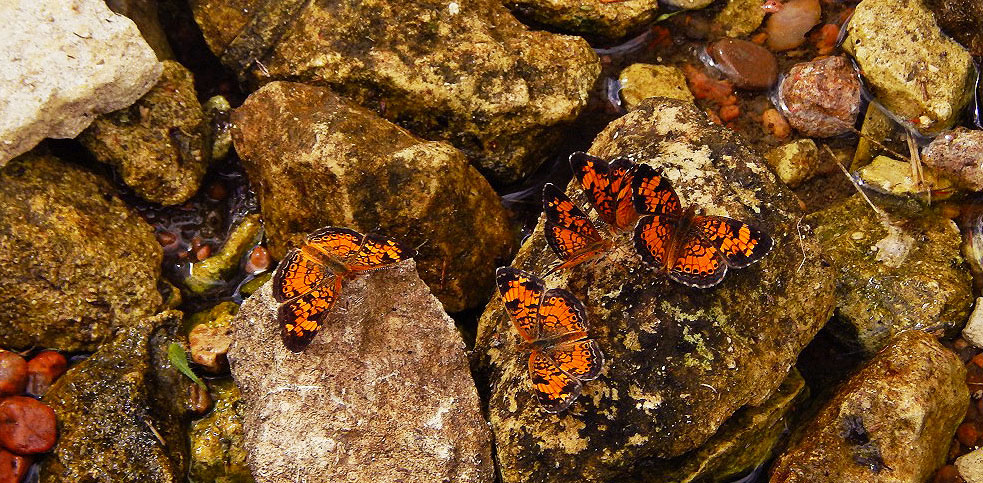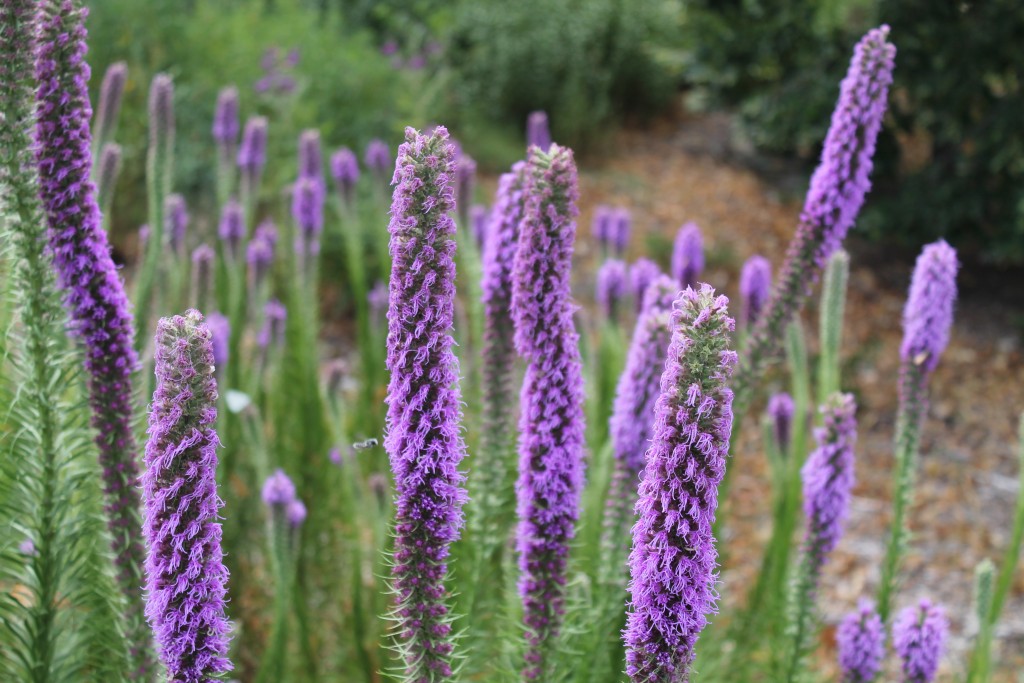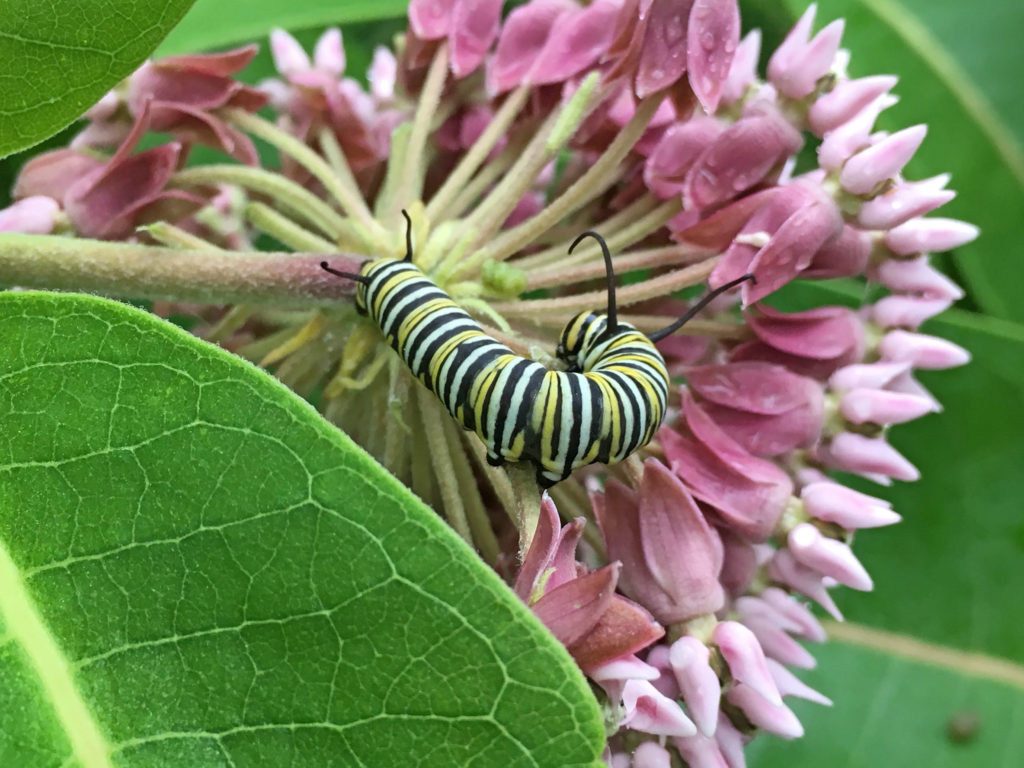This time of year, we are all evaluating our yards and landscapes as we prepare for spring. If you are like me, you want your landscape to do so much more. I want beautiful plants and season-long bloom. I want to choose plants that require less water. I want to provide a setting that attracts pollinators and wildlife of all forms. For those focused on gardening to attract pollinators, here is a checklist to follow to welcome more wildlife into your landscape.
Meet their basic needs
Generally, pollinators need three things: food (nectar and pollen), water and shelter. Native plants are more attractive to different pollinators than exotic (non-native) plants. These native pollinators have adapted to the life cycles of the native wildflowers and seek them out.

Choose location wisely
Native plants generally require less water and thrive with minimal attention if properly sited and established. Take the time to do your homework and choose plants that grow best in your soil and site conditions. Look for a sunny area (6+ hours of direct sunlight) with areas of shelter on the peripheries from strong winds. Design your landscape to include a water source. A simple bird bath with a stone inside so pollinators can land will suffice.
Design in clusters
A cluster of wildflowers of one species in bloom will attract more pollinators than individual plants scattered throughout the landscape. I like to plant in odd number groups such as three, five, or seven and include plants with purple, yellow, white, blue or violet.

Provide diverse nectar sources
Wildflowers come in a variety of shapes and sizes. This diversity is attractive to pollinators, too. There are over four thousand species of bees in North America. They are different in size, shape and they feed on different shaped flowers. Having a diversity of plants means more pollinators can benefit.
Succession of bloom
Wildflowers should be coming into and out of bloom throughout the growing season. With several plant species flowering at once, and a sequence of plants flowering through spring, summer and fall, you will sustain a range of pollinator species that fly at different times of the year.
Plant milkweeds
Monarch Watch encourages the planting of milkweed species because monarch larvae feed exclusively on milkweeds. Milkweeds are so important to the life cycle of monarchs. For our area, they recommend common, swamp, butterfly, spider, and Sullivant milkweeds. We will have these milkweeds at our spring FloraKansas Native Plant Festival.
Native Plant Guide
Identify your motivation
Is it important to provide habitat for bees and butterflies? Is it important to conserve water? Do you want more from your landscape than sporadic blooms and a haphazard design? Are conservation and stewardship efforts important to you?
Monarch populations have been dwindling. Bees are threatened by the environment, disease, pesticides, herbicides, and beehive decline. According to Monarch Watch, the United States consume habitat for monarchs and other wildlife at a rate of 6,000 acres a day, or 2.2 million acres per year. We could help offset these losses by creating a landscape that welcomes birds, pollinators and other wildlife.
If you have questions about landscaping with native plants, the Arboretum staff or volunteers can help you plan and design a landscape that will attract pollinators AND meets your expectations. Check with us during the spring FloraKansas Native Plant Festival. We offer species and varieties that pollinators love. No amount of effort is too small to have a positive impact.

